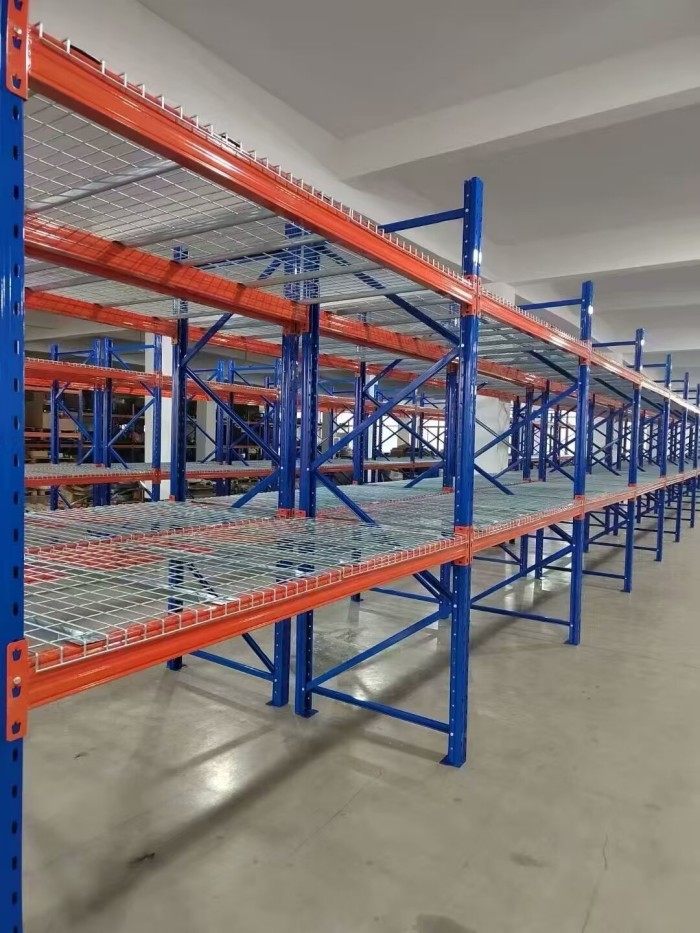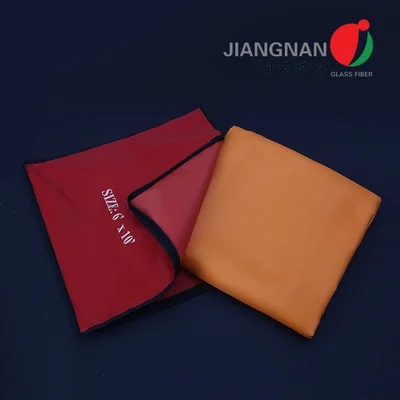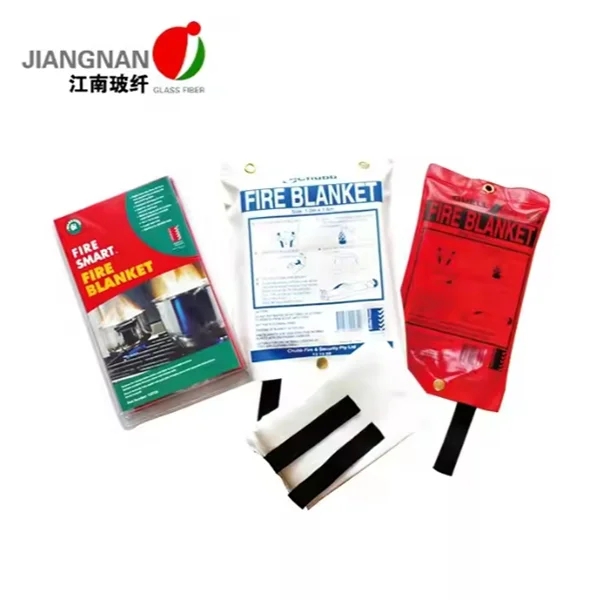Cladding is an essential component in modern architecture and construction, serving both functional and aesthetic purposes. As the outer layer of a building, cladding not only enhances the visual appeal but also provides protection against environmental elements. Understanding what cladding is usually made of can help architects, builders, and homeowners make informed decisions about materials that best suit their needs. This article delves into the various materials used for cladding, their properties, advantages, and applications.
- The Role of Cladding in Construction
Before we explore the materials, it’s important to understand the role of cladding in construction. Cladding acts as a protective barrier, shielding the building's structure from weather conditions such as rain, wind, and UV radiation. It also contributes to thermal insulation, soundproofing, and fire resistance. Additionally, cladding can significantly influence a building's energy efficiency, making it a critical consideration in sustainable architecture.
- Common Cladding Materials
Cladding materials can be broadly categorized into several types, each with unique characteristics. Here’s a closer look at some of the most common materials used in cladding:
2.1. Wood Cladding
Wood has been a traditional choice for cladding due to its natural beauty and versatility. Common types of wood used include cedar, redwood, and pine. Wood cladding can be treated with stains or paints to enhance durability and resistance to moisture. However, it requires regular maintenance to prevent rot and insect damage.
Advantages:
- Aesthetic appeal and warmth
- Good insulation properties
- Sustainable if sourced responsibly
Disadvantages:
- Requires maintenance
- Susceptible to fire and pests
2.2. Vinyl Cladding
Vinyl cladding has gained popularity due to its affordability and low maintenance requirements. Made from polyvinyl chloride (PVC), it is available in various colors and styles, mimicking the appearance of wood or other materials. Vinyl is resistant to moisture and does not require painting.
Advantages:
- Cost-effective
- Low maintenance
- Resistant to moisture and fading
Disadvantages:
- Limited insulation properties
- Can become brittle in extreme temperatures
2.3. Metal Cladding
Metal cladding, often made from aluminum or steel, offers a modern aesthetic and exceptional durability. It is resistant to fire, pests, and rot, making it a popular choice for commercial buildings. Metal cladding can be finished in various ways, including powder coating or anodizing, to enhance its appearance and resistance to corrosion.
Advantages:
- Highly durable and low maintenance
- Fire-resistant
- Available in various finishes
Disadvantages:
- Higher initial cost
- Can conduct heat, affecting energy efficiency
2.4. Brick and Stone Cladding
Brick and stone cladding provide a timeless and robust appearance. These materials are known for their durability and excellent thermal mass, which helps regulate indoor temperatures. While brick and stone cladding can be more expensive, they require minimal maintenance and offer long-lasting performance.
Advantages:
- Exceptional durability and longevity
- Low maintenance
- Excellent thermal properties
Disadvantages:
- Higher cost
- Heavier, requiring a strong structural support
2.5. Composite Cladding
Composite cladding is made from a blend of materials, typically wood fibers and plastic. This innovative material combines the aesthetic appeal of wood with the durability of synthetic materials. Composite cladding is resistant to fading, moisture, and pests, making it a practical choice for various climates.
Advantages:
- Low maintenance
- Resistant to moisture and pests
- Eco-friendly options available
Disadvantages:
- Can be more expensive than traditional wood
- Limited color options compared to vinyl
- Factors to Consider When Choosing Cladding
When selecting cladding materials, several factors should be considered:
- Climate: The local climate can significantly influence the choice of cladding. For example, areas with high humidity may benefit from moisture-resistant materials like vinyl or metal.
- Aesthetic Preferences: The visual appeal of cladding can enhance the overall design of a building. Consider how the material will complement the architectural style.
- Budget: The cost of materials and installation can vary widely. It’s essential to balance quality with budget constraints.
- Maintenance Requirements: Some materials require more upkeep than others. Consider how much time and effort you are willing to invest in maintenance.
- Conclusion
Cladding is a vital aspect of building design that impacts both functionality and aesthetics. With a variety of materials available, from traditional wood to modern composites, there is a suitable option for every project. By understanding the properties and advantages of each material, stakeholders can make informed choices that enhance the durability, energy efficiency, and visual appeal of their buildings. As the construction industry continues to evolve, innovative cladding solutions will undoubtedly play a crucial role in shaping the future of architecture.



